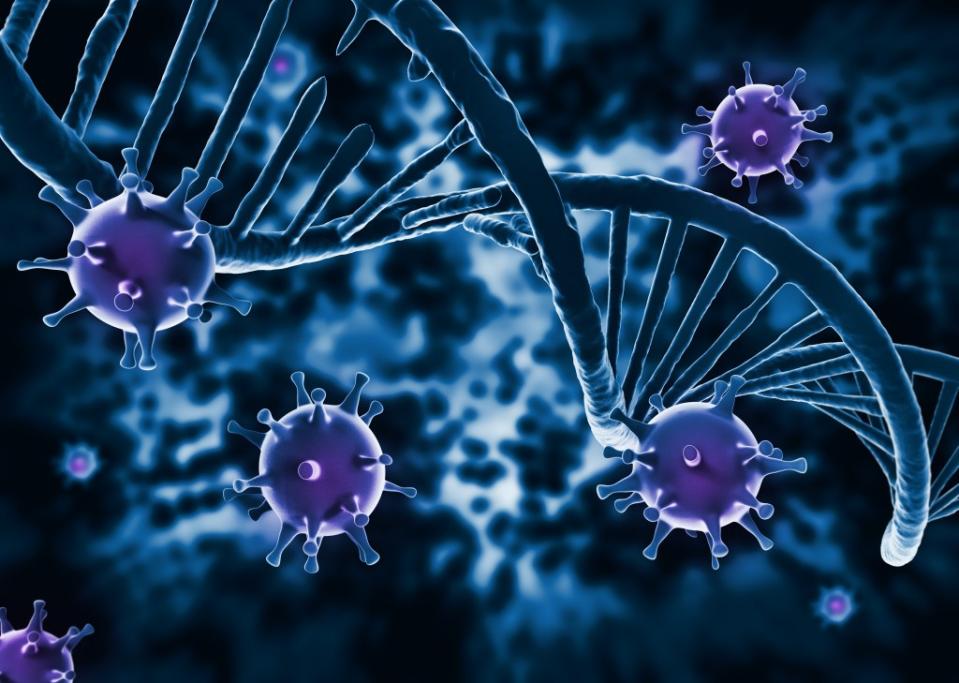Genetic tool eliminates HIV from infected cells, new research shows: ‘Cure strategy’

Scientists have successfully zapped HIV out of infected cells — raising hopes of a cure for the chronic disease.
The team from Amsterdam UMC used gene-editing technology to eliminate all traces of the virus from cells in the laboratory, the European Congress of Clinical Microbiology and Infectious Diseases announced Tuesday.
“These findings represent a pivotal advancement towards designing a cure strategy,” team leader Dr. Elena Herrera-Carrillo and fellow authors Yuanling Bao, Zhenghao Yu and Pascal Kroon said in a statement.
To accomplish this revolutionary feat, the Dutch research team turned to the Nobel Prize-winning CRISPR-Cas, the gene-editing technology capable of altering the DNA of animals, plants and microorganisms with extremely high precision.

The tool — described by the scientists as “molecular scissors” — was used to cut DNA at designated spots to completely delete the HIV infections from cells, even in “hidden” HIV reservoir cells.
HIV is incredibly difficult to treat because of the virus’ ability to integrate its genome into the host’s DNA. It is also known to infect different types of cells and tissues in the body, each with its own unique environment and characteristics, making a one-type-cure-all nearly impossible.
The team focused on parts of the virus that stay the same across all known HIV strains, an approach that aims to provide a broad-spectrum therapy capable of fighting different HIV variants.
“Our aim is to develop a robust and safe combinatorial CRISPR-Cas regimen, striving for an inclusive ‘HIV cure for all’ that can inactivate diverse HIV strains across various cellular contexts,” the authors wrote.
Despite their exhibiting findings, the scientists warned much more research will be needed before the zapping can be put into practice.

The team’s next goal is to optimize the delivery route to target the majority of the HIV reservoir cells, while avoiding those that aren’t infected.
“This strategy is to make this system as safe as possible for future clinical applications. We hope to achieve the right balance between efficacy and safety of this CURE strategy. Only then can we consider clinical trials of ‘cure’ in humans to disable the HIV reservoir.”
“While these preliminary findings are very encouraging, it is premature to declare that there is a functional HIV cure on the horizon,” Herrera-Carrillo’s team wrote.
Even with the groundbreaking technology, long-term treatment for HIV would continue to involve potent antiviral drugs, they warned.

HIV is a resilient infection that can rebound from established reservoirs when treatment is halted.
Those infected can live normal lives with adequate treatment, but the virus can pose lifelong health issues and even death when cared for too late.
More than 40 million people have died from the virus worldwide since the HIV epidemic started in 1981, according to the World Health Organization.
The death toll has dropped significantly in decent decades — 630,000 infected people across the globe succumbed to the disease in 2022, with 39 million recorded as living with the disease that year.

